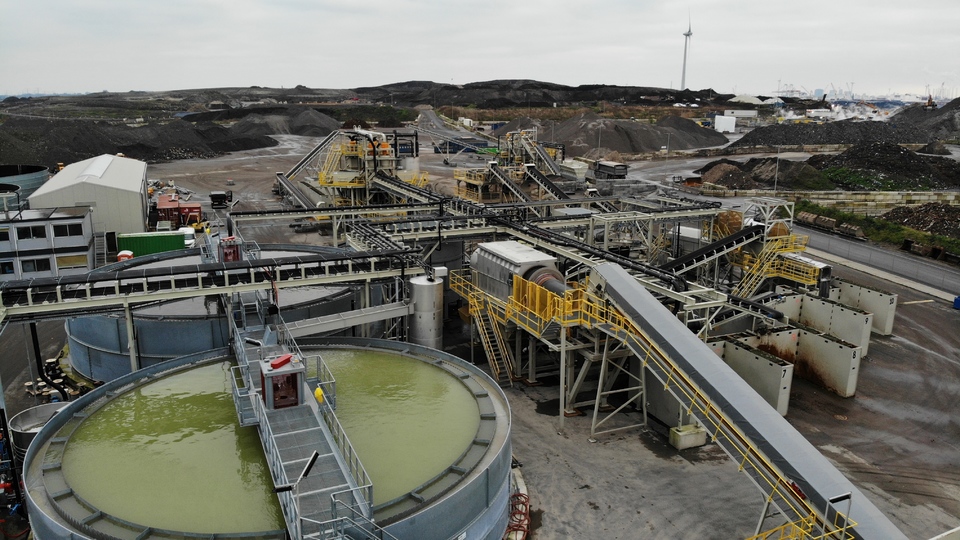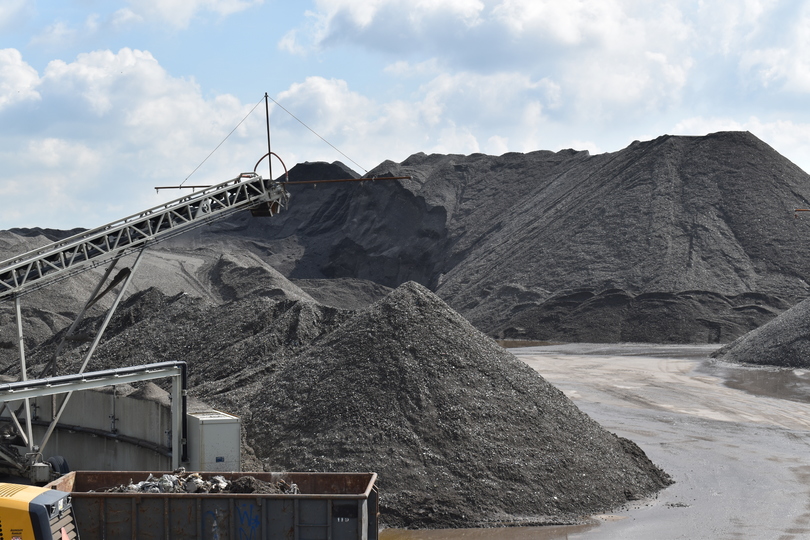Technologies
Discover, Connect & Collaborate at TECHINNOVATION 2021
Resource Recovery from Incineration Bottom Ash
Technology Overview
The increase in municipal solid waste (MSW) in the past decades is a major environmental and societal concern. Waste management technologies have continuously improved to recycle and manage waste to minimise the impacts on the environment. Nevertheless, a great proportion of MSW cannot effectively be recycled. The incineration of MSW for energy recovery is an effective way to utilise the so called “non-recyclable” portion, reduce waste volume and replace fossil fuels to generate energy for utility. The energy recovery process liberates valuable resources that can now be extracted from the ash residues and recirculated in the economy.
Based in The Netherlands, the technology owner has developed an innovative incineration bottom ash (IBA) wet washing process technology that recycle ash, extract ferrous and non-ferrous metals, while producing a final clean mineral for reuse as aggregates for the construction industry. The IBA is washed in various intense washing steps and holds integrated metal sorting for improved fine metal recovery. In the initial washing step, all particles are rinsed and cleaned from adhering dirt and organics, and then screened into fractions for further processing. Deep metal recovery is fully integrated into the washing process to recover fine metals. The mineral fraction is cleaned from soluble contaminants as chlorides and sulphates by multiple counter current washing steps to create a clean mineral aggregate that complies with regulation.
Effectively, the process removes contaminants in IBA to create an aggregate material that can be used as a low carbon alternative to traditional construction materials. The technology owner is seeking industry partners internationally to adopt the process technology.
Technology Features, Specifications and Advantages
- The wet IBA washing process is designed to remove various types of contaminants to create a mineral aggregate for use in civil construction works. Soluble components, such as chloride and bromide are removed by dissolving the components into water. Poorly soluble or non-soluble components, e.g. unburnt particles, sulphate salts and metals can be physically removed.
- In the IBA washing process the following process steps are implemented:
(a) Enclosed contaminants are liberated before cleaning.
(b) Contaminants concentrated in the fine particles are removed as sludge.
(c) Contaminants concentrated in organic matter and unburnt are removed by flotation.
(d) Fine heavy metals are reclaimed by density separation. Aluminium and coarse heavy non-ferrous recovered by eddy current separators. Ferrous metals are removed by magnets.
(e) Soluble components are removed by multistage counter current washing with fresh water.
Potential Applications
Aggregate application areas include:
- Aggregate for infrastructure works, e.g. sub-base layer for roads and footpaths, car parks, industrial parks, back fill to structures, pipe bedding.
- Aggregate in non-structural concrete products, e.g. street pavement.
- Aggregate for land reclamation.
Customer Benefit
- IBA consist about 90% of minerals and for about 10% of metals. The recovery of the IBA brings back valuable resources into the circular economy, reducing the need for raw materials mining.
- Prevents IBA from being landfilled and expand the life span of existing landfill capacity for other waste streams.
- Sustainability benefits as reuse of waste derived materials contribute to lowering GHG emissions and increasing the reuse of raw materials.

